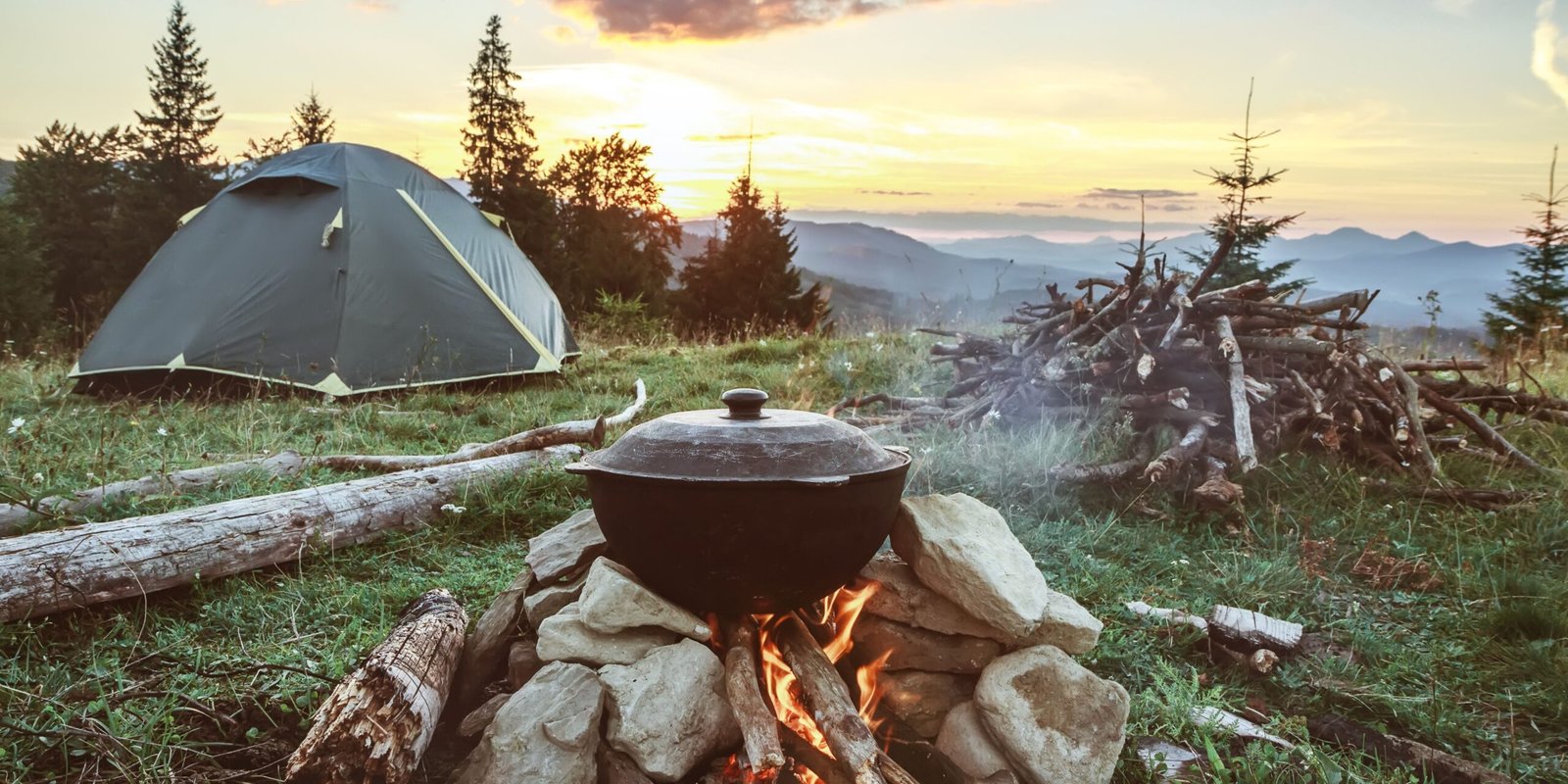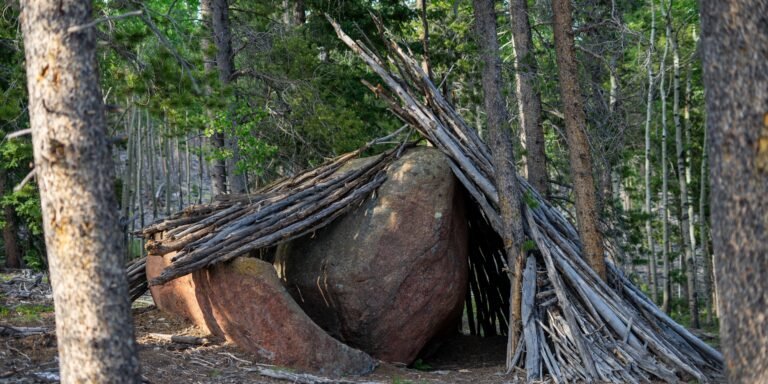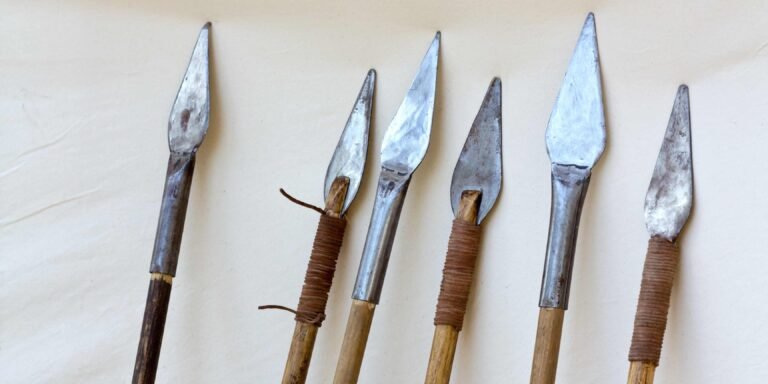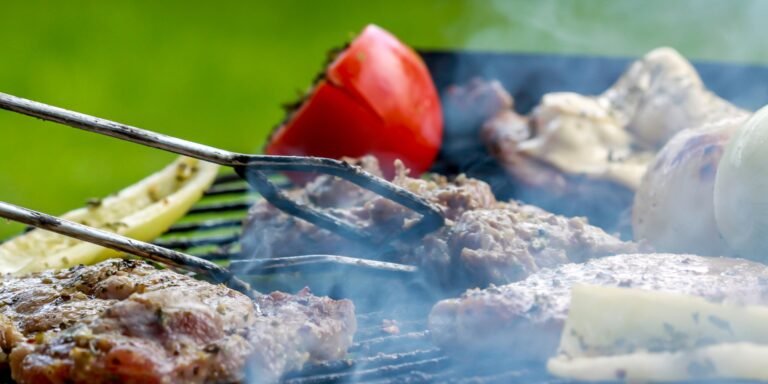6 Secrets To Long-Term Outdoor Survival
This post may contain affiliate links, full disclosure here.
The 5 C’s are a collection of equipment and tools that are often found at the heart of any survival kit. It lists the top five most important types of items that significantly improve survivability.
- Cutting Tools
- Combustion Devices
- Cover
- Container
- Cordage
See also: Top 20 Barter Items to Stockpile
Secrets To Long-Term Outdoor Survival
Cutting Tools
Cutting tools are very useful and versatile. It allows a survivalist to construct a shelter, gather and process food, and make other equipment and tools. Cutting branches and smaller trees with a sharp knife or an axe is easier and more efficient than using a rock fashioned into a primitive axe.
There is no rule prohibiting you from bringing more than one cutting tool. It is even recommended that you have at least one or two backup knives. Preppers should have a one-handed axe, a survival/field knife, and backup knives that can be incorporated into a multi-tool or a compact folding knife.
Preppers should also bring a good, high-quality folding saw. Sawing requires less energy than hacking a tree or branch with a hatchet or an axe. The Sven Saw is an excellent example of a folding saw. It’s lighter than an axe, more durable, and much faster and easier to use when cutting branches and smaller trees.
If the weight of the survival pack becomes an issue, an axe can be replaced with a folding saw and a full-tang high-carbon steel field knife. Both weigh less than an axe and can perform tasks previously performed by an axe. The saw can be used to gather wood, whereas the knife can split/splinter wood.
Choosing A Survival Knife
When it comes to choosing a knife, there are only two factors to consider. The tang, as well as the steel type. The tang is the portion of the blade that is covered by the handle. Knives are divided into two types: full tang and partial tang.
A full tang means that the part of the blade that extends to form the handle is the same width as the blade itself, or slightly larger in some cases. Its shape and construction improve the overall quality and durability of the handle. Because it is thicker and wider, it absorbs more energy and is less likely to break.
A partial tang, on the other hand, occurs when the blade’s extension that inserts into the handle tapers into a thin strip. It is frequently done to reduce the weight of the knife as well as to reduce manufacturing costs. However, the handle of a knife with a partial tang tends to loosen quickly and cannot withstand excessive stress.
The type of metal is the next important consideration. High-carbon steel metal is preferred over stainless steel for survival knives. If properly cared for, high-carbon steel is harder, more durable, and retains its sharp edge for a much longer period of time. Despite the fact that it is a harder metal, it is easier to sharpen than a stainless-steel knife.
This type of metal, however, rusts easily. When not in use, a high-carbon steel knife should be kept dry, clean, and covered to prevent rusting. For added protection, a thin layer of oil can be applied.
See also: Best Swiss Army Knife For Survival
Combustion Devices
Any tool that aids in the lighting of a fire is referred to as a combustion device. Preppers should, as a rule, have multiple ways to reliably start a fire in any weather condition. That is why it is essential to bring a lighter, waterproof matches, and a Ferro rod. In addition to the previously mentioned combustion devices, preppers should carry tinder in the form of char material.
Char material, also known as char paper, is a byproduct of the removal of light gases from carbon-rich materials such as cotton cloth. This process, similar to how charcoal is made, occurs during the early stages of combustion.
You will need the following items to make char material at home:
- 100% Cotton cloth
- A cooking pot with lid
- Stove
Smaller pieces of cotton cloth should be cut. After that, put them in the cooking pot and partially cover it with the lid. Heat the pot on high for 15 minutes, or until the cotton cloth has turned charcoal-black. What is left is a char material.
The finished product should be kept in a small airtight container, such as a pill bottle. The char cloth easily catches fire and performs admirably with sparks from a Ferro rod.
See also: How To Refill A Bic Lighter From The Top In 13 Easy Steps
Cover
The cover includes everything you need to protect yourself from various weather conditions. That is to say, it entails donning the appropriate attire. It’s always a good idea to dress in layers, especially if you’re going somewhere with a cold climate. On the other hand, removing some of the layers will keep you cool if the weather becomes too hot.
In colder climates, the ideal clothing layering should be:
- Long johns or underwear
- A mid-layer that wicks sweat away from the skin and the long john.
- A layer of insulation, such as thick clothing.
The outer layer will provide direct protection from the wind and cold environment.
It is best to choose clothing made of wool or synthetic fabric. These are better at keeping their insulating properties even when wet. These also dry faster than cotton fibres.
Portable shelters will provide additional protection from the harsh outdoor environment. A bivy bag and tarp are two of the most useful covers a prepper can carry. The bivy bag, in particular, is lightweight and provides a sealed space that protects you from insects and rain. However, one disadvantage of this item is that it is too small and may not be suitable for people who are claustrophobic.
In that case, the next best option is a lightweight portable hammock with or without a cover. It is not uncommon to find trees on which to hang a hammock. Furthermore, it eliminates the issue of drainage, which is especially important during heavy rain. A tarp can be hung just above the hammock to provide additional protection from the elements.
Finally, each kit should include a mylar or space blanket. It’s a super-lightweight and compact cover that’s great for keeping warm or reflecting heat from the sun.
Container
A 32 oz (950 ml) single-walled stainless steel water bottle is the best container to bring. A single-walled container will conduct heat more quickly than a double-walled bottle. According to the Rule of Threes of Survival, a person can only survive for three days without water. That is why, when venturing out, it is critical to have water with you.
The stainless-steel water bottle can not only serve as a reservoir for water but it can also be used to boil water to purify it. Using a stainless-steel container, wood chips can be converted into char material.
Cordage
Cordage is a highly versatile resource that is required for building a shelter, catching food, and making additional tools. It can be made from a variety of natural resources. Making enough, on the other hand, takes time and valuable energy. That is why it is preferable to bring a roll rather than wasting time and energy making them.
A braided tarred nylon cord is the best cordage to bring. The tarring completely waterproof it and increases its durability. Because it is braided, it can be divided into strands and used to tie smaller items. Furthermore, the braiding and tarring create a rougher and stickier surface area, ensuring that knots made with this cord will not unravel.
Secrets To Long-Term Outdoor Survival Bottom Line
The 5 C’s are the most important types of items to have in any survival kit. In the hands of a skilled survivalist, these are sufficient to survive in the wilderness, build shelter, hunt food, and craft additional tools and weapons.







